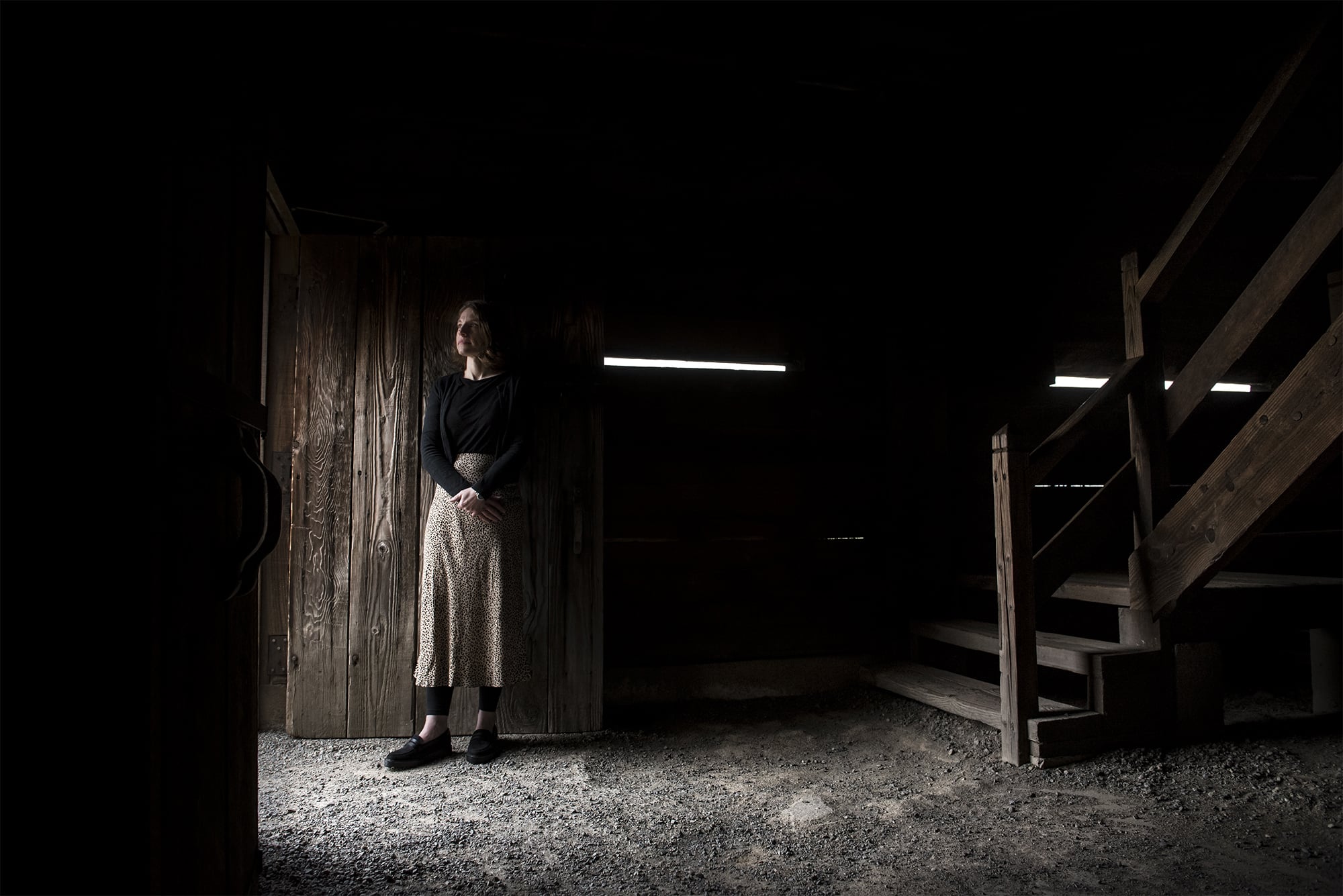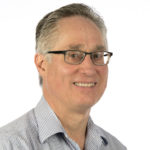Amy Clearman is good at dropping hints without revealing the full story.
The Portland State University graduate student has searched for the first Fort Vancouver, built nearly 200 years ago, in neighborhoods east of the reconstructed Fort Vancouver visited by thousands of schoolchildren each year.
Yes, residents allowed me to excavate holes in their yards, Clearman said.
Yes, I found artifacts in some holes.
No, I won’t say if I discovered the first fort’s location.
Clearman is saving her biggest findings for a presentation at 7 p.m. Wednesday in the Fort Vancouver Visitor Center, 1501 E. Evergreen Blvd. The event is free and open to the public.
Doug Wilson, National Park Service archaeologist and adjunct associate professor at Portland State, was decidedly less reticent.
“I think she’s pretty much found it,” he said.
Clearman wasn’t willing to say as much, but she did offer a tease to entice residents to attend Wednesday’s presentation.
“People will not be disappointed,” she promised.
The mystery of the first Fort Vancouver dates back to March 1825, when the Hudson’s Bay Company dedicated a fur-trading post on a bluff overlooking the Columbia River. Only four years later, the British company abandoned the site and moved to where the reconstructed Fort Vancouver stands today inside the Fort Vancouver National Historic Site.
Company employees had to haul everything, including water, uphill to the first fort. Historical records indicate that a man named La Pierre would bring in water twice a day using a cart pulled by two oxen, Brandy and Lion.
Clearman said she suspects the Hudson’s Bay Company selected the first site because of its vantage overlooking the Columbia River, as well as concerns for potential flooding. After four years, fort managers felt comfortable a location closer to the river would not routinely flood, she said.
So the first Fort Vancouver vanished without a trace. A sign was erected in 1925 along the west side of the Washington School for the Deaf, 611 Grand Blvd., indicating the first Fort Vancouver was built there, but there is little evidence, much less archaeological artifacts, to back up that assertion.
“Through my investigations,” Clearman said, “it’s most likely east of the deaf school.”
Clearman selected searching for the first fort’s true location as her graduate thesis for a master’s degree in archaeology. And it’s no coincidence that Wilson is her thesis adviser at Portland State.
“I think he was just waiting for the chance for some student to do this for free,” Clearman said.
Her first step was conducting as much background research as possible. In February 2018, she launched a blog on FirstFortVancouver.com, followed by an initial public presentation last May 23. She also sent out 150 letters seeking help from residents in the Edgewood Park and Hudson’s Bay neighborhoods and interviewed 12 residents.
With the cooperation of 11 property owners, Clearman started excavations last July. Over five months, she dug about 30 holes, each 16 inches in diameter, to an average depth of 20 inches. Her deepest hole was about 33 inches.
How did she decide where to dig?
“It was wherever people would let me,” Clearman said.
Some homeowners were eager to let her probe their yards for clues to the past. One directed her to specific spots where he had previously uncovered artifacts while doing yardwork.
Digging for artifacts from the first Fort Vancouver is far different from the hunt for priceless antiquities made famous by the Indiana Jones movies. Clearman searched for pieces of what the first fort occupants discarded as trash.
“It’s nothing they are going to sell for $10,000 on the internet,” Clearman said.
These items included pieces of clay pipes for smoking tobacco. Pipe stems would get wet from saliva, which would cause sections to break off after repeated use.
“They were like the cigarette butts of the day,” Clearman said. “They would throw them on the ground.”
Other items included dark olive-green glass shards from rum bottles, fragments from ceramic blue-and-white dishes produced in England, and nails and other wrought metal bearing telltale hammer marks from the fort’s first blacksmith.
Clearman isn’t saying what she uncovered, aside from a few photos she posted on her website, to maintain some suspense before Wednesday’s presentation.
Wilson, National Park Service archaeologist, said if Clearman did not locate the first Fort Vancouver site, she definitely discovered remnants from activity near that location.
Wednesday’s presentation will include lots of photos, but there won’t be any artifacts for the public to inspect. Under Washington law, Clearman could proceed with what’s known as an archaeological survey without obtaining a permit, provided that she reburied all items uncovered. Artifacts were documented, placed in plastic bags, labeled and returned to he ground.
“If somebody decided to pick up where I left off someday and revisit some of the sites I had dug, they would have to get a permit, Clearman said.
The public also won’t learn where specific artifacts were found; Clearman promised confidentially to property owners.
Wilson said the first Fort Vancouver project is an example of community archaeology, where there is ample public engagement and discourse.
“The real glorious thing about Amy’s project is her ability to connect with the community and deepen their understanding,” he said.
“I loved it so much,” Clearman said. “I always tell myself that this was the ideal project for me because it had the archaeological part but it also had working with people.”
Until last year, little evidence had been uncovered as to the location of the first Fort Vancouver. Clearman said archaeologists previously monitored construction at the Washington School for the Deaf in the 1990s or a decade later when the city replaced sewers in the Edgewood Park neighborhood. In both cases, archaeologists did not find anything pointing to the first fort’s location, she said.
There is some anecdotal information that Louis Caywood, a National Park Service archaeologist who uncovered all four corners of the second Fort Vancouver’s stockade in the late 1940s, did some exploratory work searching for the first fort, Clearman said. No documentary evidence of this exists, although one resident remembers the search from when the resident was a child, she said.
“With all home construction and road construction and moving dirt, the chances of finding the fort were small,” Clearman said. “Coming into this project, the odds were extraordinarily against me.”




